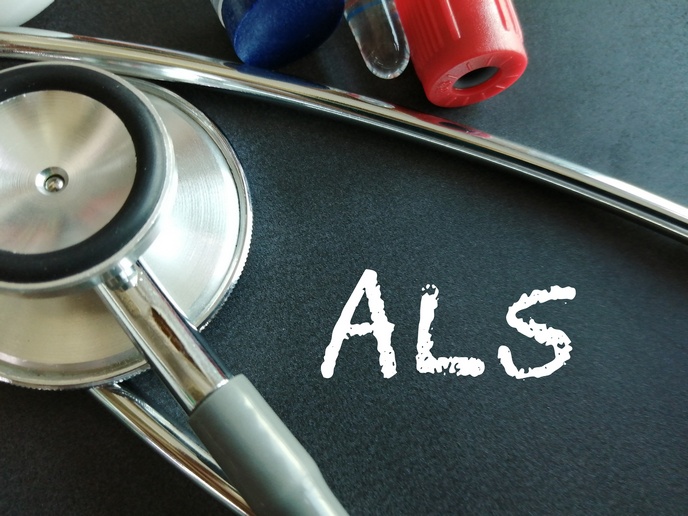From farm to fork: studying foodborne pathogens
Listeria monocytogenes is a versatile foodborne pathogen found in many habitats including soil and vegetation, fresh and salt water, and animals. To tackle food safety, there is an imminent need to comprehend the complex ecology of this bacterial species and its ability to persist in diverse environments.
A systems biology approach to studying Listeria
To identify the adaptive strategies of Listeria monocytogenes, the EU-funded List_MAPS(opens in new window) project employed a systems biology approach. “We were interested to study the routes of transmission of pathogens from outdoors to foodstuff and eventually to the consumer,″ explains project coordinator Dr Pascal Piveteau. Undertaken with the support of the Marie Curie programme, research focused on the investigation of the physiology of Listeria monocytogenes in a range of complex habitats such as soil, food factory surfaces and the gastro intestinal (GI) tract of mammals. To decipher the transcriptional regulatory circuitry that drives the unique and sophisticated adaptation and virulence of Listeria monocytogenes, 11 early-stage researchers (ESR) were recruited. Through a combination of technologies such as transcriptomics, deep sequencing, proteomics and microbiology, they characterised the response of this foodborne pathogen to biotic and abiotic environmental cues. “Undoubtedly, the interdisciplinary nature of the research team was the key to the important scientific achievements generated during List_MAPS,″ continues Dr Piveteau. The project identified links between high fat diet and an increased susceptibility to listeriosis. Results also showed that the composition of the food matrix influences the physiology of Listeria monocytogenes, with obvious implications for food safety. Interestingly, researchers observed that Listeria monocytogenes growth under different environments was strain-dependent, reflecting the strong biodiversity of the species.
Future steps in Listeria monitoring
The increasingly aging European population has raised the proportion of people at risk of listeriosis. Therefore, the findings of the List_MAPS project should be translated into improved food safety. Apart from understanding how environmental conditions and food composition can influence the virulence of Listeria monocytogenes in the GI tract, the food habits of this at-risk subpopulation must be investigated. As Dr Piveteau emphasises “we need to develop new personalised strategies to limit exposure of this population and reduce the risk of listeriosis, for example by changing food composition and designing new ingredients.″ Considering that Listeria monocytogenes is a leading cause of mortality and food recalls, there is also a need for fast and high-throughput screening tools. Towards this end, researchers have investigated transcriptome-based approaches to assess in silico the virulence of large collections of bacterial isolates, replacing the currently used burdensome animal models. Furthermore, project partners plan to release a commercial biofilm assay and assess the effectiveness of blue light as a disinfection treatment for foodstuff. Taken together, the List_MAPS project has laid the foundation for future competitive research in the field of microbiology. The novel findings on Listeria monocytogenes combined with the training of the next generation of innovative researchers are expected to limit the invasion and survival of this pathogen in the food system.







